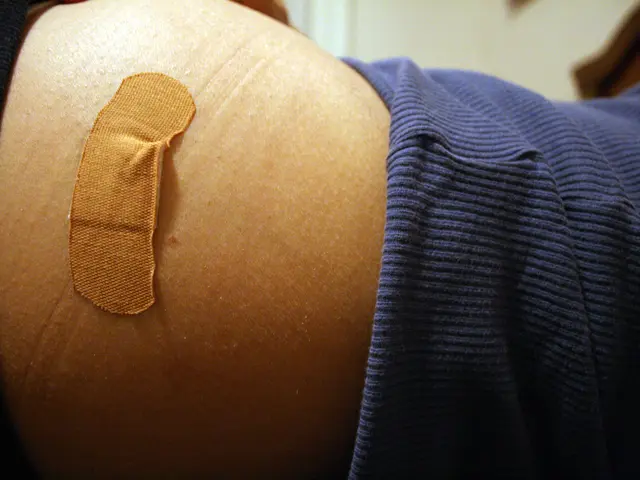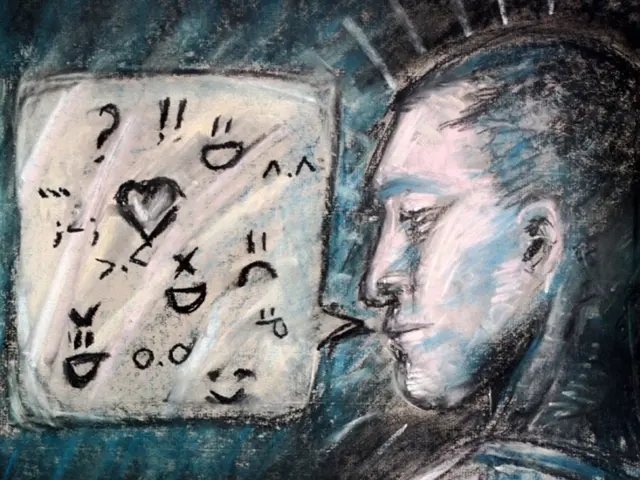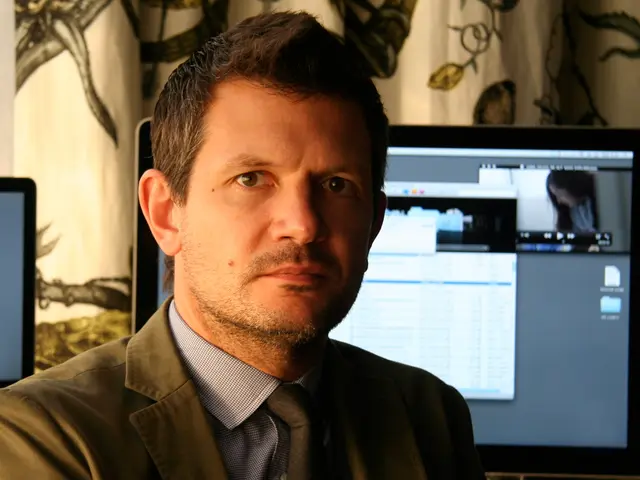Colorado Researchers' Real-Time Model Averts 97% of COVID-19 Hospitalizations
Colorado researchers have published groundbreaking findings in Emerging Infectious Diseases on the use of real-time mathematical modeling to guide early pandemic policy. The team, led by faculty from multiple Colorado universities, demonstrated the importance of locally calibrated transmission models in informing public health decisions during crises like COVID-19.
The team developed a susceptible-exposed-infected-recovered (SEIR) model tailored to Colorado's COVID-19 data. They supplemented this with mobility analysis using mobile device location data, generating estimates in near real-time for decision-makers. The model tracked changes in contact rate and the effective reproductive number (Re) after SARS-CoV-2's emergence and policy implementations.
The authors stress that their findings illustrate the adaptability of models in real-time, not their final impact. They highlight the need for locally calibrated models to inform policy and preparedness during pandemics. The team estimates that 97% of potential hospitalizations in Colorado's early pandemic months were averted due to social distancing, mask-wearing, and isolation of symptomatic individuals.
The Colorado COVID-19 Modeling Team's work underscores the critical role of real-time, locally calibrated transmission models in pandemic response. Their findings, published in Emerging Infectious Diseases, emphasize the importance of such models in informing public health policy and preparedness.
Read also:
- Impact of a Government Shutdown on Citizens
- Medical Specialist Based in Visakhapatnam
- Individuals in New York afflicted by Legionnaires' disease have legitimate legal entitlements. Here's some essential information on the matter.
- Toxic Shock Syndrome: Signs, Origins, Tampon Connection, and Further Details








